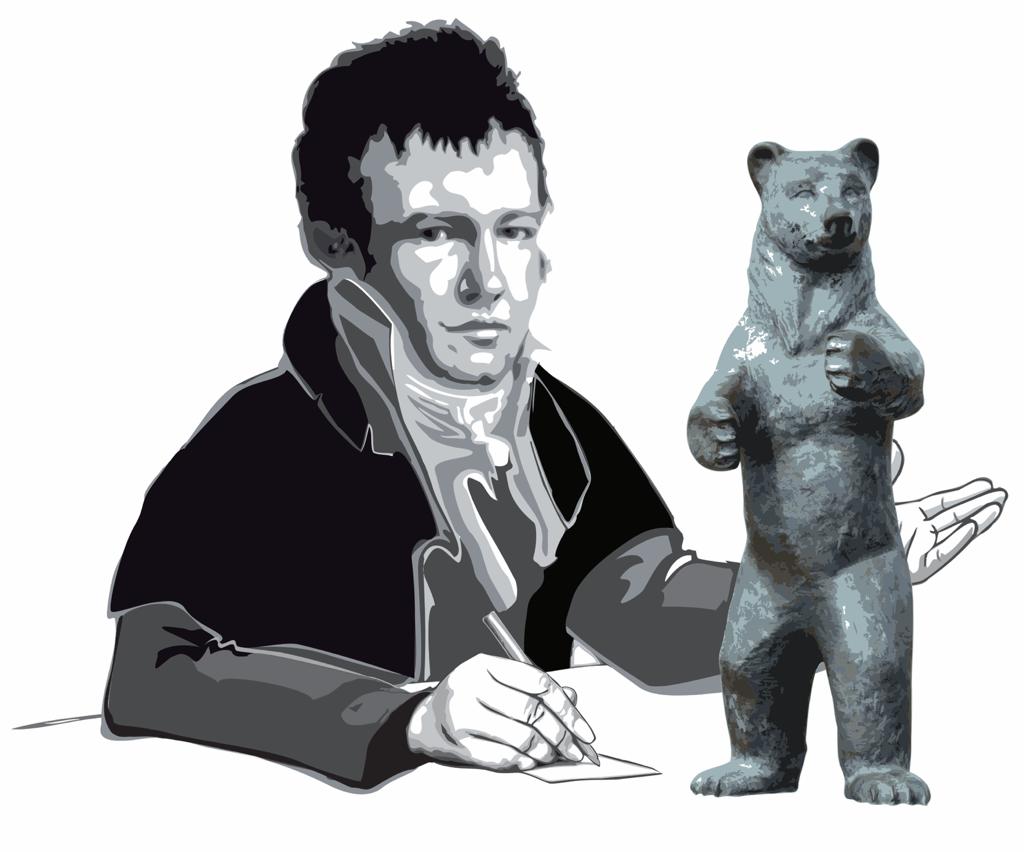Health tips by Barmer: How to overcome cave syndrome

For months, contact restrictions, distance rules and remote working solutions have been almost commonplace in the fight against the coronavirus pandemic. As incidence rates fall and vaccination numbers rise, these restrictions are being eased under certain condi- tions. But many are finding it hard to get used to social interaction again. Scientists refer to this as “cave syndrome”. This describes how people prefer to stay in their protective cave rather than go out. One reason for this could be conditioned fear.
Cave syndrome is not an illness, but a normal phenomenon that accompanies us due to the ongoing exceptional circumstances. The measures to contain the pandemic are now second nature to us. We keep our masks close at hand, we follow the distance rules, and we shy away from shaking hands and instead happily bump elbows as a greeting. We have learned how viruses spread and the ways in which we can potentially become infected when we come into contact with other people.
So it’s no wonder that not everyone can simply switch back to normal effortlessly. There are those who want to make up for lost time as soon as restrictions ease. Others have made themselves comfortable in their cave and are only cautiously venturing into the fray. However, those who simply want to be careful do not have to avoid social contact.
Three tips on how social interaction can work again:
- Deal openly with concerns: If you feel uncomfortable in certain situations, it’s important to express your worries openly and not be afraid of unpleasant reactions. Talking openly about your concerns with friends or colleagues is liberating and helps to ease social interaction.
- Take your time: It’s perfectly fine to first have to get used to inter- acting with others again after a long period of contact restrictions. If you feel anxious, gatherings in small groups and in the fresh air are a good alternative to large events.
- Help others be less anxious: Even if you are not affected by cave syndrome yourself – show understanding towards others. Accom- modate those affected by addressing the situation, for example in the workplace, and talk together about how to interact with each other.
A healthy middle ground between still appropriate caution and newfound freedom is a good way to start living in the new normal. In this transition phase back to normality, conditioned fear can also be unlearned and, for many people, will gradually subside on its own.




You must be logged in to post a comment.